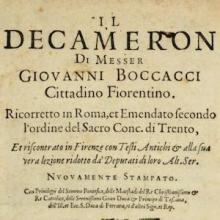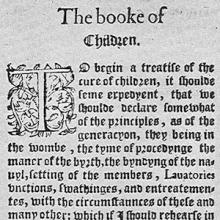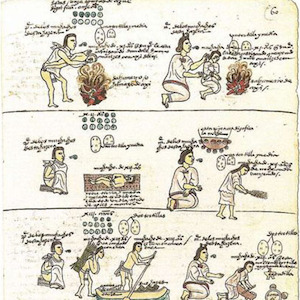Early Modern (1450 CE - 1800 CE)
Long Teaching Module: African Scouting (20th c.)
Conceived by General Sir Robert Baden Powell to reduce class tensions in early 20th-century Britain, the Boy Scout movement evolved into an international youth movement that offered a romantic program of vigorous outdoor life for boys and adolescents as a cure for the physical decline and social

COLLAGE The London Picture Archive
Reproductions of paintings, watercolors, drawings, and sculptures provide more than a glimpse into the history of London and London life from the 15th century to the present.
Avalon Project: Documents in Law, History and Diplomacy
The site is most valuable where it has gathered together extensive sources about a specific historical theme or event.Long Teaching Module: Children in Late Imperial China, 900-1930
An exploration of primary sources on childhood in late imperial China (framed broadly as the Song through Qing dynasties, ca. 960-1911 CE) offers a window into lived experience and the diverse ways in which childhood itself could be imagined and articulated.
Long Teaching Module: Educational Reform in Japan (19th c.)
Soon after overthrowing the Tokugawa government in 1868, the new Meiji leaders set out ambitiously to build a modern nation-state. Among the earliest and most radical of the Meiji reforms was a plan for a centralized, compulsory educational system, modeled after those in Europe and America.

Long Teaching Module: Children during the Black Death
The Black Death was the first and most lethal outbreak of a disease that entered Italy during the end of 1347 and the beginning of 1348 and then spread across Europe in the following few years.

Long Teaching Module: Children’s Health in Early Modern England
Children and youth in early modern England (1500-1800) were subject to many diseases and physical hardships.
Long Teaching Module: Sexuality, Marriage, and Age of Consent Laws, 1700-2000
In western law, the age of consent is the age at which an individual is treated as capable of consenting to sexual activity. Consequently, any one who has sex with an underage individual, regardless of the circumstances, is guilty of a crime.

Gender Roles among the Nahua in the Codex Mendoza
From the time of birth, children in Aztec, or Nahua, society were socialized into gender roles. In the birth ritual introducing the infant to society, symbolic objects clearly differentiated. Boys were to be warriors and craftsmen, and girls were to tend to domestic chores.

Short Teaching Module: Codex Mendoza (16th c.)
In Mexico City, towards the middle of the 16th century, Nahuatl-speaking painters created the Codex Mendoza, one of the most lavish indigenous accounts of history and moral behavior known today. Across pages of expensive, imported paper, the painters of the C.